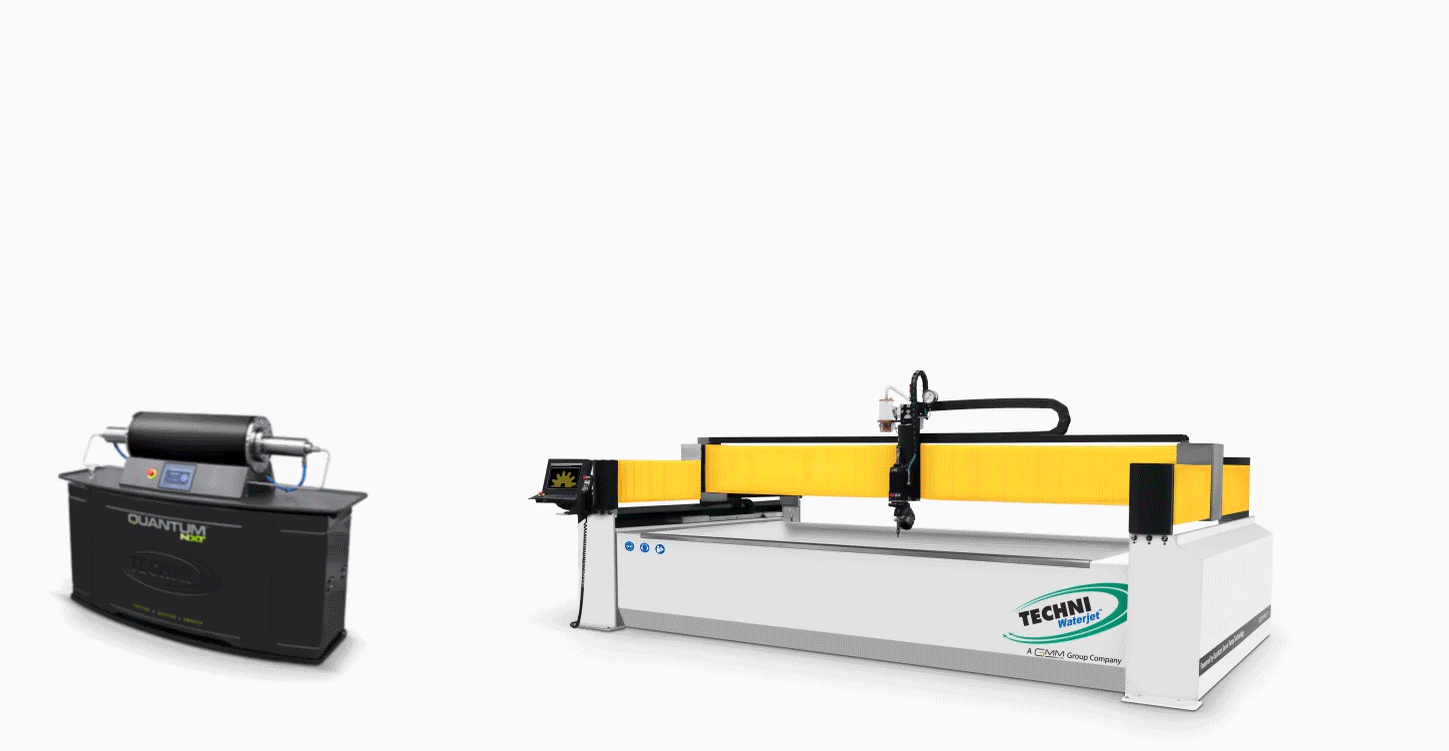What Factors Influence the Waterjet Cutting Costs?
Waterjet cutting is popular with machinists because it doesn’t alter the structure of your raw materials. Waterjet costs have been a problem for many clients. Many fabricators believe waterjet is too costly and prefer traditional methods.
Waterjet efficiency is worth the price, even though this might be true in some cases. Waterjet prices may not be as high as you think. Let’s discuss the factors that influence the calculation of waterjet cost and how machinists decide the cost.
What’s Waterjet Cutting?
The water jet can also be called a waterjet cutter and a fabrication tool machinist uses to cut various materials and bulk materials. Waterjets use high-pressure water to accomplish this. Waterjets can mix water and abrasive materials for cutting. It is used in sheet metal cutting by machinists.
Abrasive jets are made from water and abrasive materials to cut hard metals, stone, or glass. This is also called a waterjet (or water-only) if the water used for cutting the material is not ordinary water. This is useful when cutting soft materials. These materials include rubber, wood, and other soft materials.
Machine builders use waterjet cutting to make machine parts. If the material being cut has high-temperature tolerances, it can be used. Laser cutting uses high heat. Fabricators use water jets to cut materials like aluminum, plastics, or rubber. Waterjets can achieve high precision, cutting down to 0.13 mm (0.05 inches). Waterjets can achieve high accuracy as low as 0.001 inches (0.25mm span>).
Factors to Take into Account When Calculating Waterjet Prices
Waterjet costs are essential for machinists before deciding if waterjet is right. Many fabricators don’t understand the difference in operating costs between a plasma cutting machine and a waterjet. This article will help you to find the answers. Knowing the cost of water jets is an excellent way to determine if you can afford them.
These are some costs to consider if you’re looking to buy a water jet cutting machine.
Factors influence the waterjet cutting costs: Water cost
This is the most cost-effective and crucial factor in the whole process. Waterjets can only cut water. How much water you use will depend on how thick the material is and the number of materials. You will need to use more water because the time required to cut thicker materials takes longer.
You can buy 1000 gallons of water for an average price of $3.51. You will spend $17.55 if your cutting requires 5000 gallons. It is possible to use a smaller or more tremendous amount of water depending upon the material and thickness. Water is, therefore, an important element in the cost of waterjets.
Power consumption
Waterjet cannot be powered solely by electricity. This is a significant factor in the cost of a waterjet. However, unlike water, electricity costs more. Let’s do a little math. The cost of electricity is 7.46 cents per Kilowatt hour. This is equivalent to $74.60 per 1,000 kWh consumed by a waterjet. A pump that runs for 6 hours per day, with either 50HP or 125HP, will cost you between $3,700 and $9,400 annually.
Wears
Waterjet can be damaged just like any other machine. It is essential to consider the cost of replacing parts. There may be a need to replace orifices, focusing tubes, and pump seals. These parts can be calculated hourly. You could be paying $5 to $22 per hour in this instance. This could mean that you are spending $7,700-$32,000 annually.
Factors influence the waterjet cutting costs: Abrasive Price
If you have to cut through hard materials, the cost of an abrasive can be a significant factor. This is the most costly factor when using a waterjet. The average garnet abrasive costs between 22 and 30 cents per pound. It all depends on the amount you buy and the abrasive.
You can choose from either of these types. The first is alluvial garnet. The other is Hardrock. Crushed rock is also known by the name hard rock garnet. Crushed rock is used to reduce large garnet stones into smaller mesh sizes. Because it is the shaper, it cuts faster.
Alluvial garnets can be mined by digging in rivers or beaches. They are smaller due to the natural forces of water. Because alluvial garnet grains have a round shape, they are easier to cut. Alluvial abrasive prices are higher than hard rock abrasive. The water jet cut-rate for the hard rock abrasive is higher.
You will be paying 25 cents per pound on average. It would help if you also considered the flow rate when using abrasives. If you are cutting metal plates, you should expect to use between 1 and 2 pounds per minute. Abrasives can cost you anywhere from $18 to $36 an hour. If you use the abrasive for six hours each day, it will cost you $110 to $220. It costs between $550 and $1,100 each week. If you only use it for a year, it will cost $26,000 to $55,000 per annum.
You don’t need an Abrasive if you only cut soft materials like aluminum or plastic.
Calculating Waterjet Prices for a Project
It is easy to find out how much waterjet cutting costs. Online tools are available to assist you in calculating. The calculation can be affected by a few things. These factors are:
- Types of material
- Material thickness
- The final material width to be cut
- The length to be cut from the final material
You can use an online calculator to determine your waterjet cost. Calculating your waterjet cost can be done online. To get an estimate of the cumulative waterjet cost, multiply this number by the average standard rate for your company.
Conclusion
Many industries can use waterjet cutting. Waterjet cutting is an excellent option for precise, small-scale projects that require high precision. This cutter is expensive. This cutter can also be outsourced depending on your project’s needs.




















